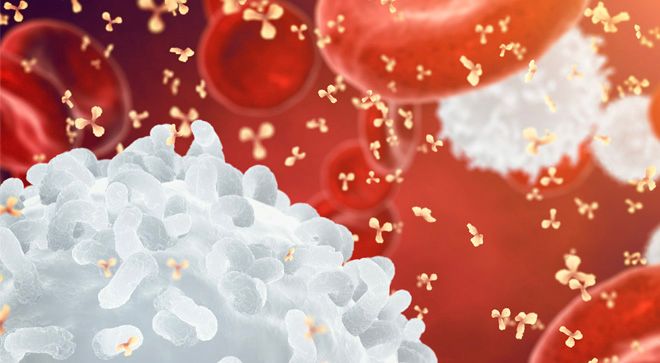Article
Expert Weighs In on What's Next for Mantle Cell Lymphoma
Author(s):
The treatment landscape of mantle cell lymphoma is continuing to change. See what expert Andre Goy, M.D., has to say about it.
The field of mantle cell lymphoma (MCL) is quickly growing, especially with new drug breakthroughs, prognostic biomarkers and next-generation sequencing, according to Andre Goy, M.D., chief of the Division of Lymphoma, and chairman and director of the John Theurer Cancer Center.
Goy spoke with OncLive, a sister publication of CURE, about best treatment options currently available, and where the field of MCL is headed in the future.
“The field of MCL is rapidly evolving, we now have five newly approved novel therapies between the United States and Europe that have been integrated into standard frontline regimens,” Goy said.
Those drugs include Imbruvica (ibrutinib), Revlimid (lenalidomide), Calquence (acalabrutinib). Velcade (bortezomib) and Rituxan (rituximab).
Goy also mentioned that dose-intensive therapy and regimens that contain cytarabine (a type of chemotherapy) have promising progression-free (PFS) and overall survival (OS) outcomes for many patients, although this regimen is not for everyone.
“Dose-intensive strategies without high-dose therapy and transplant are not necessarily feasible across the board, given the median age at diagnosis is around the mid-to-late 60s,” Goy said. “Therefore, we need other regimens.”
Novel therapies are now exploring bendamustine plus Rituxan — a combination known as “BR” – in multiple settings. For example, BR plus Velcade showed a higher complete response (CR) rate in the relapsed setting. The combination is being tested in the frontline, too.
“Some of the results in MCL are still pending, but appear promising,” Goy said.
As new agents and combinations continue to hit the scene for MCL treatment, prognostic factors are shaping the determination of which patients should be given which regimens.
Health care professionals now know that patients with high MCL Prognosis (MIPI) scores do not do well after high-dose therapy. Also, having a Ki-67 (a protein associated with cell proliferation) score of 30 percent or more, a blastoid presentation or p53 abnormalities are all deemed as a poor-risk prognosis.
In a pilot study, between 23 to 30 percent of patients presented with p53 abnormalities, which is a very important factor for patients and providers to know.
“These patients need new options regardless of their age, because they do poorly after high-dose therapy and transplant,” Goy said. “That’s where the stratification is headed, so that we can identify the subset of patients who need a chemo-free option that is not dependent on the p53 pathway.”
A promising potential option for these patients would be Imbruvica plus Rituxan — a combination that showed a CR rate close to 80 percent when given as an initial chemotherapy-free phase at The University of Texas MD Anderson Cancer Center.
When measuring the success of any treatment for patients with MCL, Goy noted it is crucial to consider minimal residual disease (MRD), early response and CR.
“The question is: Can we change a patient’s MRD-positive status to a negative status at the end of treatment,” he added, noting that while the majority of patients with MCL do reach MRD negativity, more than 90 percent of them end up facing relapse.
Looking forward, checkpoint inhibitors may come into play for these patients as well.
“The biology of the disease shows resistance even in patients who experience extended duration of response,” he said. “Although checkpoint inhibitors have now been obvious in MCL, combining other therapies like venetoclax and immunotherapy may be a way to address MRD status.”




